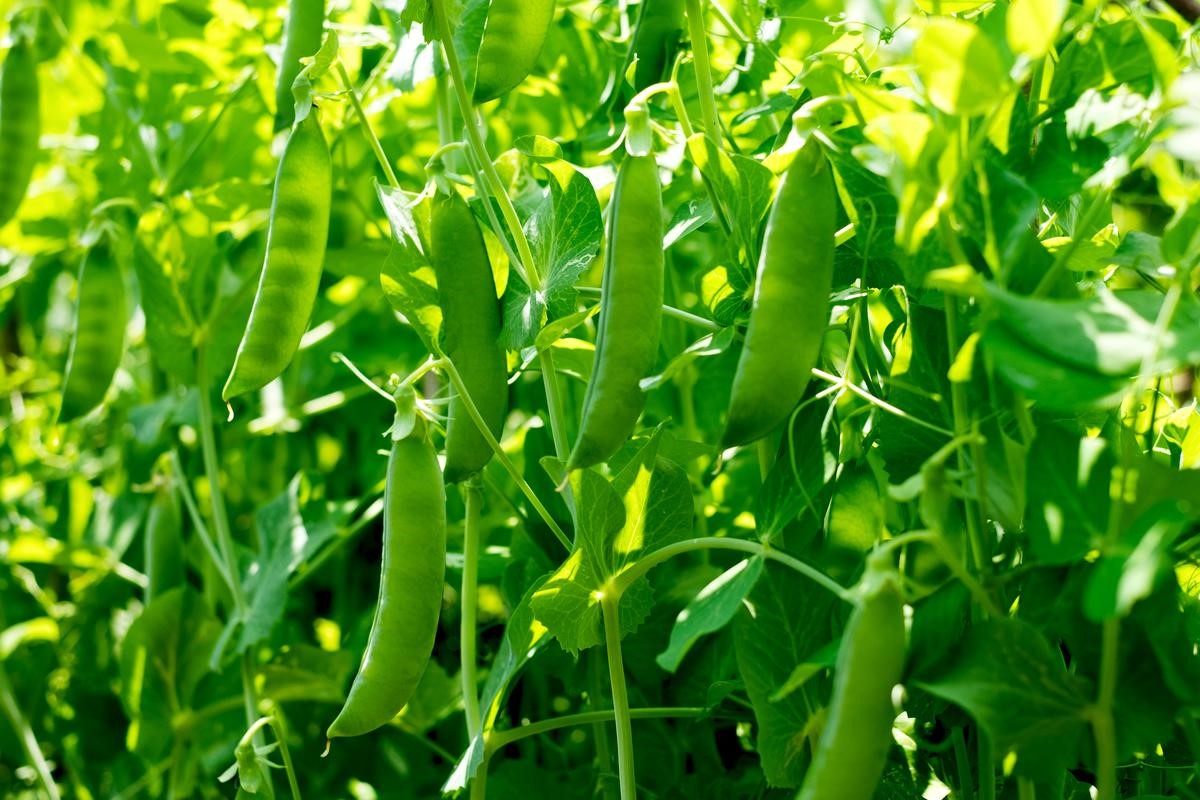Scientists Solve Mendel’s 160-Year-Old Genetic Puzzle
Scientists Solve Mendel’s 160-Year-Old Genetic Puzzle
Why in the News?
A new study published in Nature (2025) has finally identified the genetic basis of all seven traits studied by Gregor Mendel in pea plants, solving a long-standing mystery in the field of pea genetics and opening avenues for agricultural innovations through genomic mapping in agriculture. This breakthrough in understanding Gregor Mendel’s pea plants has significant implications for crop improvement and sustainable agriculture.
Mendel’s Groundbreaking Experiments and Legacy:
- In 1856, Gregor Mendel began his famous pea plant experiments, studying seven contrasting traits in Mendel peas, such as seed shape and pod colour. These experiments laid the foundation for understanding Mendelian inheritance and revolutionized our understanding of heredity in plants. But which scientist studied heredity in pea plants so meticulously that his work became the cornerstone of modern genetics? The answer, of course, is Gregor Mendel, whose experiments with Gregor Mendel pea plants set the stage for future genetic research.
- His results, published in 1866, remained unnoticed until 1900, when rediscovered by three scientists. This rediscovery sparked a renewed interest in pea plant genetics and its implications for plant breeding.
- Mendel introduced the idea of dominant and recessive traits, establishing the basic principles of genetic inheritance. This breakthrough led many to ask, “Who discovered the basic principles of inheritance using traits of pea plants?” The answer, of course, is Gregor Mendel, whose work with Mendel peas became the cornerstone of modern genetics.
The Scientific Breakthrough in 2025
- A paper in Nature (2025) revealed the genetic basis of the last three unresolved traits in Mendel’s pea plant traits: pod colour, pod shape, and flower position. This discovery provided unprecedented gene insight into the molecular basis of traits in peas and advanced our understanding of the genetic basis of plant traits.
- Scientists analyzed 697 pea variants and sequenced 60 terabases of DNA using next-generation sequencing, advanced bioinformatics techniques, genome-wide association studies, and transcriptome analysis. This comprehensive approach to studying pea science allowed for a deeper understanding of genetic variation in crops.
- New genetic elements, such as deletions near the ChlG gene and modifier loci, were found to influence these traits. The study also identified genetic markers associated with various agronomic traits, enhancing our understanding of pea plant genetics.
- New allelic variants were also identified for traits already known, proving that genetic inheritance is more complex than Mendel initially assumed. This discovery highlighted the importance of studying non-Mendelian traits in addition to classic Mendelian traits, revealing the complexity of allelic variation in peas.
Implications and Future Possibilities
- The study revealed 72 agriculturally important traits, including flower and root architecture, beyond Mendel’s original work. This breakthrough in agricultural genetics has significant implications for crop improvement techniques and sustainable agriculture, including the potential for enhancing nitrogen fixation capabilities in legumes.
- It clarified that Gregor Mendel pea plants have a more diverse genetic structure than previously known, emphasizing the importance of genetic diversity and pea diversity in crop yield and resilience. This discovery highlights the value of germplasm collections as important genetic resources for future breeding programs.
- This breakthrough enhances our understanding of crop improvement, disease resistance, and climate adaptability. The application of gene editing techniques in conjunction with this new knowledge could revolutionize pea breeding and legume genomics, potentially leading to improvements in plant proteins production.
- Mendel’s questions from a garden in Brno have now shaped the future of plant genetics and agriculture. The study’s findings in genetic architecture and gene identification open new avenues for research in phenotypic variation and haplotype analysis.
In conclusion, this groundbreaking research not only solves the mystery of Mendel’s pea experiments but also paves the way for innovative approaches in agricultural genetics and sustainable agriculture. By unraveling the complexities of pea plant genetics, including both Mendelian and non-Mendelian traits, scientists have gained valuable insights that will undoubtedly contribute to the development of more resilient and productive crops, addressing global challenges in food security and environmental sustainability. The study of Gregor Mendel’s pea plants continues to yield new discoveries, proving that even 160 years later, there’s still much to learn from these humble legumes. The importance of germplasm collections in preserving genetic diversity for future research cannot be overstated, as they provide a rich resource for studying both Mendelian and non-Mendelian traits in peas and other crops.





